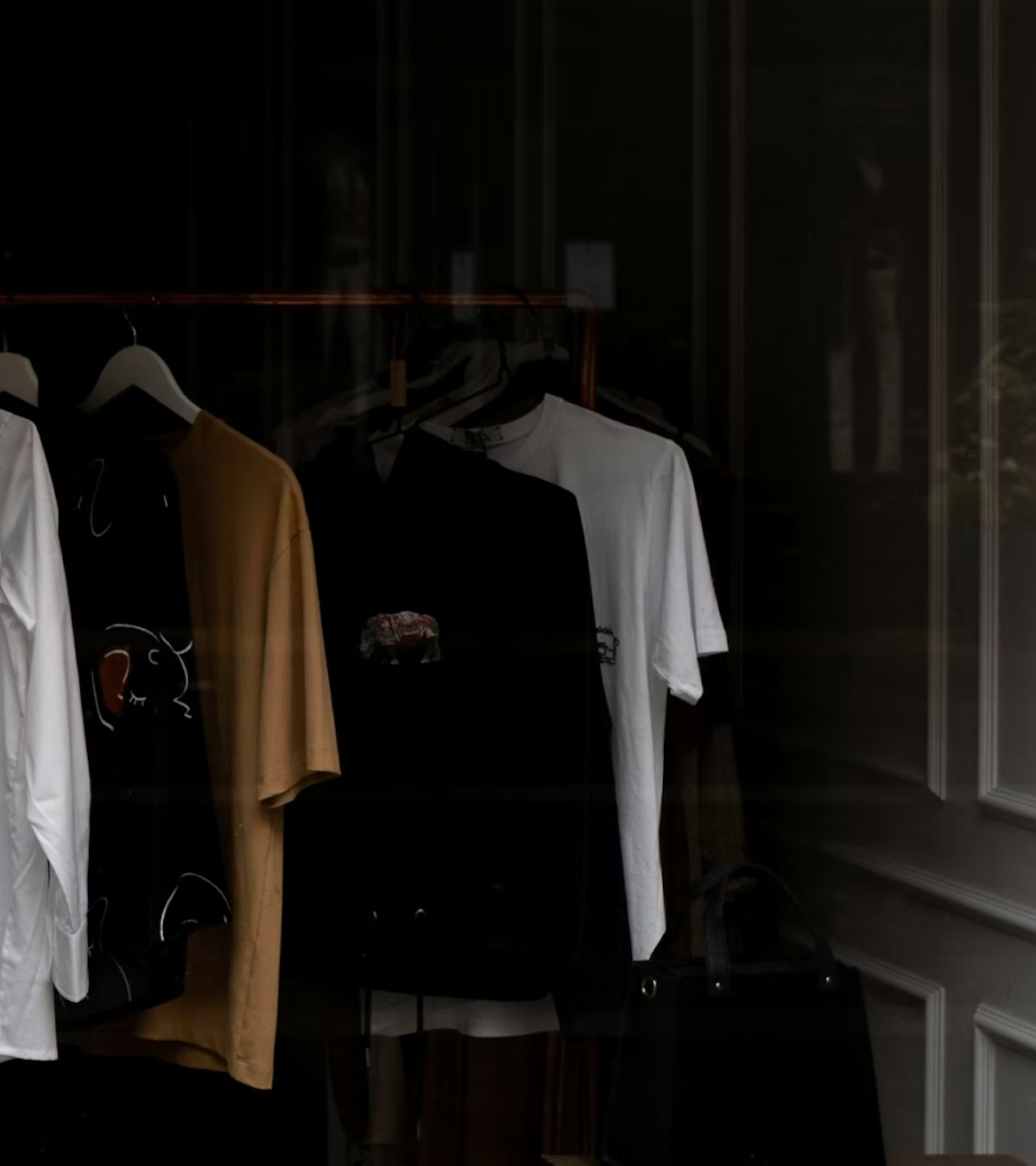My five pillars to build brand resilience
How do you build brands that will stand the test of time? Drawing from my own experience, here are the five pillars that in my opinion will really build brand resilience.
- 1. Authenticity
- 2. Data adoption in decision-making
- 3. Consumer-centric approach
- 4. Omni-channel excellence
- 5. Crisis management
Authenticity
We live in an era of skepticism where everything is getting poked at and scrutinized. That means that everything you do as a brand needs to be tested; it has to be authentic at all times.
At The North Face, we’re an athlete-led company and we have this saying which is ‘athlete-tested, expedition-proven’. Everything that we do must be approved by our athletes and proven in the field, When you buy a backpack for back-to-school, that backpack was actually built for an athlete’s need and then it was scaled to fit the needs of everybody else.
For instance, worked with record-breaking alpinist Dawa Sherpa who was wearing our Himalayan suit for her expeditions. That suit was traditionally built for men’s anatomy and needs as they used to be the only ones climbing. With more and more women climbing peaks, we needed to change that. Here’s a video to tell you about how we used this authentic insight and experience to make sure our consumers and athletes remain at the forefront.
Data adoption in decision-making
Whether you are a data-driven company or data-informed, there’s a role for data in your decision-making. Data means insights, and there are many ways that you can leverage these when making decisions including:
Material innovation
For us at The North Face this is especially important – what properties do consumers need in their clothing materials based on what we are selling the most?
Design graphics
At times, we test graphic design elements on digital platforms, to see what resonates the most, and we then use those learnings to inform our graphic design decisions elsewhere.
Site decisions
We run A/B tests on our site all the time to make sure the content and flow is enabling conversion.
Store locations
We tend to open our stores based on where people are shopping online. Hybrid consumers are extremely valuable to us so we need to make sure that we have this location data to inform where we open our newest sites.
Content engagement
We look at things like how much time people spend on a story. When they look at a video, do they want to know more about the athlete or the products? Do they want to know more about the sustainability components even when just browsing? How long do they hover over an image?
There are lots more places where data can be used to inform decisions, but this is an example of how these insights inform some of the decisions that we make.
Consumer-centric approach
Marketers should be consumer-centric, which means that your brand provides benefits that make people’s lives easier or that enable them. You have to know your consumers in order to serve them you might have a customer data point in an Excel sheet somewhere but that doesn’t necessarily mean you know them. You have to understand their mindsets in order to properly serve them.
Once you know where they are, you need to make them feel something. It’s easy to think that happens organically but you actually have to drive that feeling. Here’s a video representation of how The North Face used consumer insights and athlete insights to build inspirational content.
Omni-channel excellence
Striving for excellence in omni-channel and building a seamless experience is crucial to building resilience in a brand. One example that stood out to me was my back-to-school shopping experience at Target. Target is my best friend for back to school because it’s a pretty seamless journey whether I’m onsite or on the app. My app is going to tell me which store I can find my product in or if I can do a pick-up. This multi-layered approach to online and offline is the way forward to give the consumer what they need.
Crisis management
Not enough people are thinking about crisis management, but we are in a very skeptical world, there’s a ton of tension socially and if you’re from the US or you live in the US, you know that it’s a really intense time right now. That means marketers have to have crisis management skills because we’re on the front lines.
One of our missions at The North Face is to make the outdoors accessible for everyone, so Pride is very important to us. In the summer of 2023, as part of our Pride efforts we partnered with Pattie Gonia on a series of events aimed at providing access to the outdoors
Because they are in drag in our social content, we knew we could sadly experience some backlash and we were prepared. As expected, there was a call to boycott our brand. But we were committed and we stuck to our decision. The community knew we had their backs and our consumers were extremely happy about it. Our sales and social engagement data showed that we also didn’t suffer for it.
My learnings from crisis management
- Be authentic. If this is true to your mission and what you stand for, don’t get scared. Stay in it and you’ll reach resilience.
- Be confident. Make your decision and stick to it. You’ll find that the pay-off is greater than any backlash you might experience, and this too helps you build resilience.
In summary, I encourage you to be the change in your organization, for your brand. It takes a village and if you’re looking to work with retail marketing experts who can help your brand on its resilience journey, you can speak to the Ometria team here.




